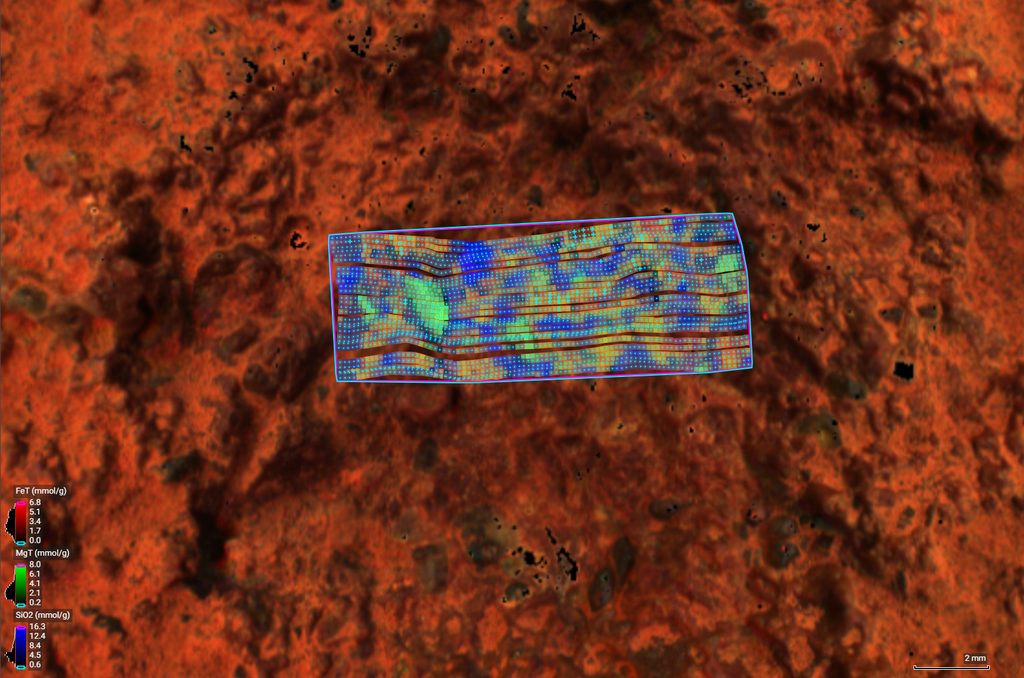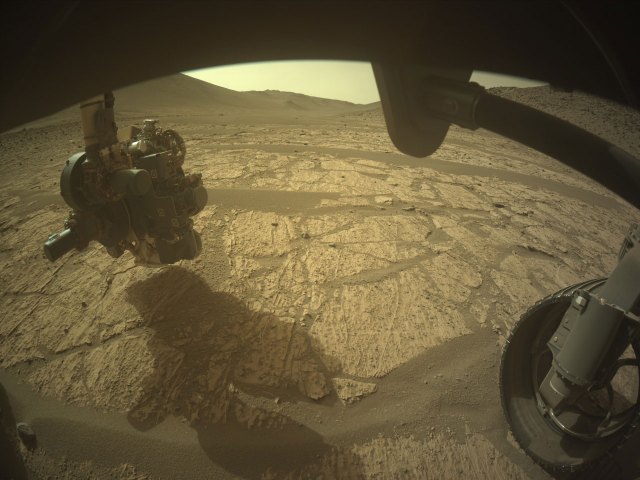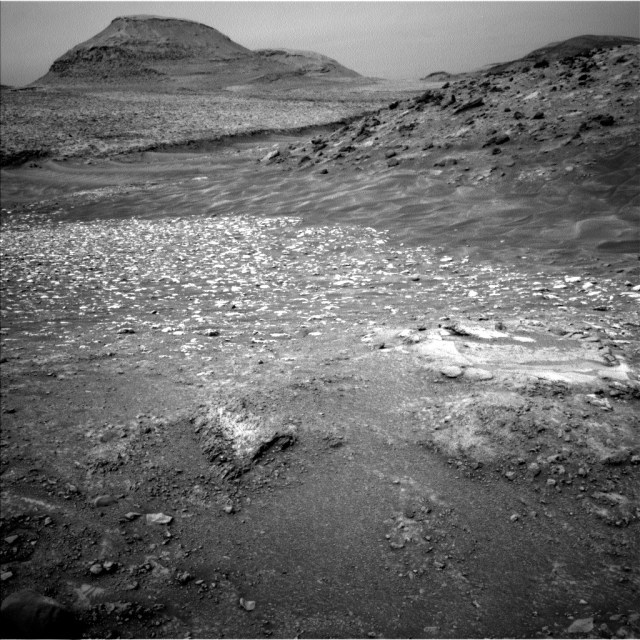




NASA's Perseverance rover, part of the Mars 2020 mission, has faced some challenges on Mars. The rover's two chips, Ingenuity and Sherloc, have experienced technical issues. Ingenuity, the helicopter drone, has had trouble with its rotor blades and is currently grounded. Sherloc, the rover's scientific instrument, has also faced setbacks with its laser and camera systems. Despite these challenges, NASA remains optimistic and is working to resolve the issues [17d057ef].
Perseverance's mission on Mars includes the search for signs of ancient microbial life, the study of the planet's geology and past climate, and the preparation for future human exploration [6868c17a]. The recent analysis by the Planetary Instrument for X-ray Lithochemistry (PIXL) of the rock target known as 'Thunderbolt Peak' has provided valuable insights into the mineral composition of Mars' rocks [6868c17a]. The samples collected by Perseverance, including the Thunderbolt Peak rock, will be studied in terrestrial laboratories to gain further insights into Mars' past climate, atmosphere, and the potential for life on the planet [8a416ba5] [9e4e9684] [6868c17a].
In addition to Perseverance, the Curiosity rover has been conducting valuable research on Mars. Curiosity is currently in Gediz Vallis, studying various rock types and colors. It has made interesting discoveries, such as smooth white pieces at 'Hidden Lakes' and 'Reggae Pole', a smooth gray piece at 'Rixford Pass', and a dark gray, rough piece at 'Garnet Lake'. Curiosity has also captured images of the next significant piece it plans to investigate, 'Whitebark Pass', which exhibits a similar variety of colors in a more organized arrangement. Additionally, Curiosity has been observing dust loading, dust devils, clouds, and the orderly layers of the 'Kukenan' butte [b0d68e1e].
The ongoing exploration of Mars by the Perseverance and Curiosity rovers, along with the analysis of data collected by instruments like PIXL, is shedding light on the planet's geological history and providing valuable insights into its potential habitability. These missions are paving the way for future human exploration and expanding our understanding of the universe [6868c17a] [b0d68e1e].
Scientists at NASA's Jet Propulsion Laboratory (JPL) have been instrumental in the success of the Perseverance mission. They used open-source tools and geospatial analysis to select Jezero Crater as the landing site for the rover. The JPL team developed the Multi-Mission Geographic Information System (MMGIS), an open-source web-based mapping interface, to enable full-scale mapping of Mars. The images captured by Perseverance and Ingenuity during the Mars 2020 mission are freely available to the public, as part of the JPL team's commitment to open science [9dabc263].